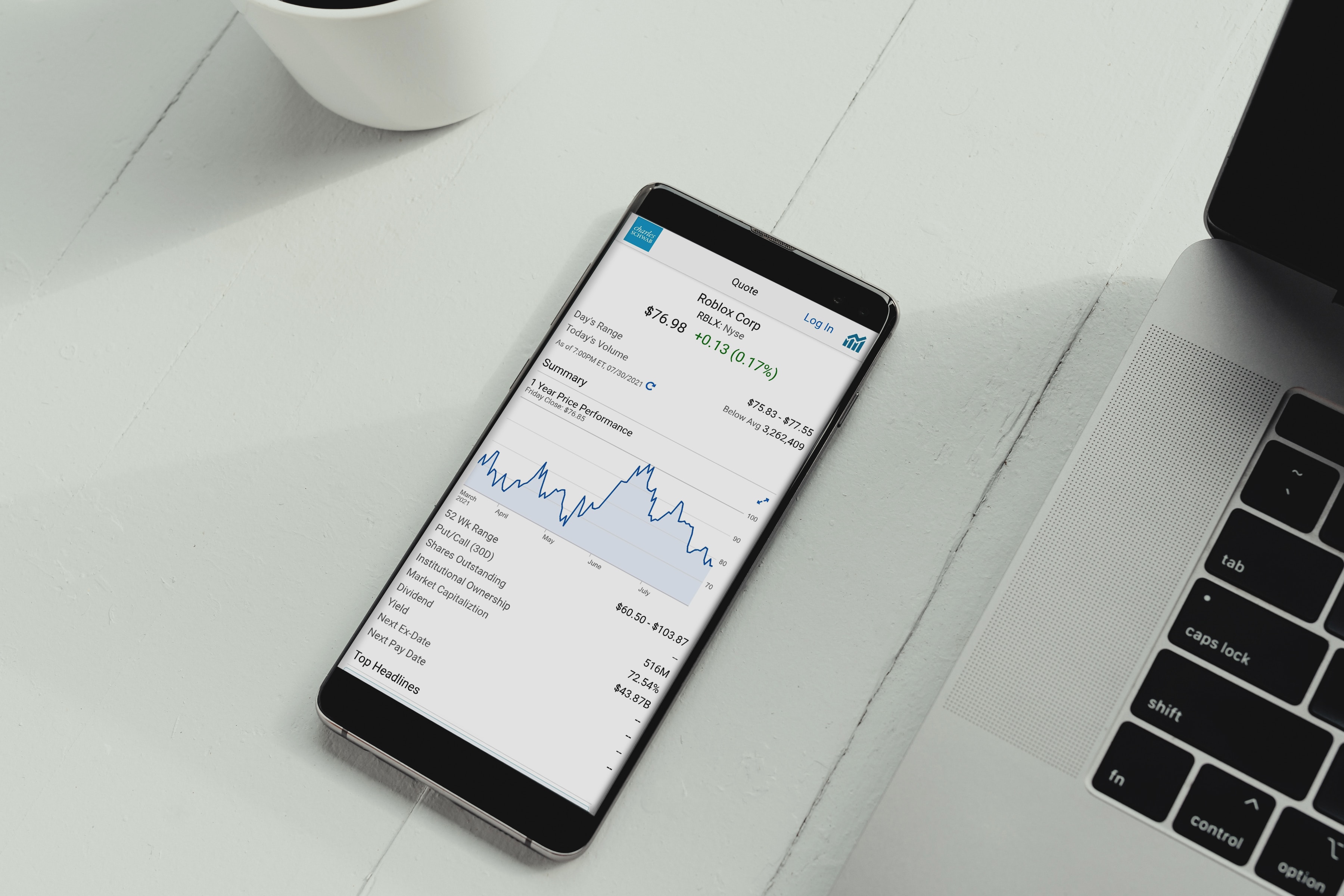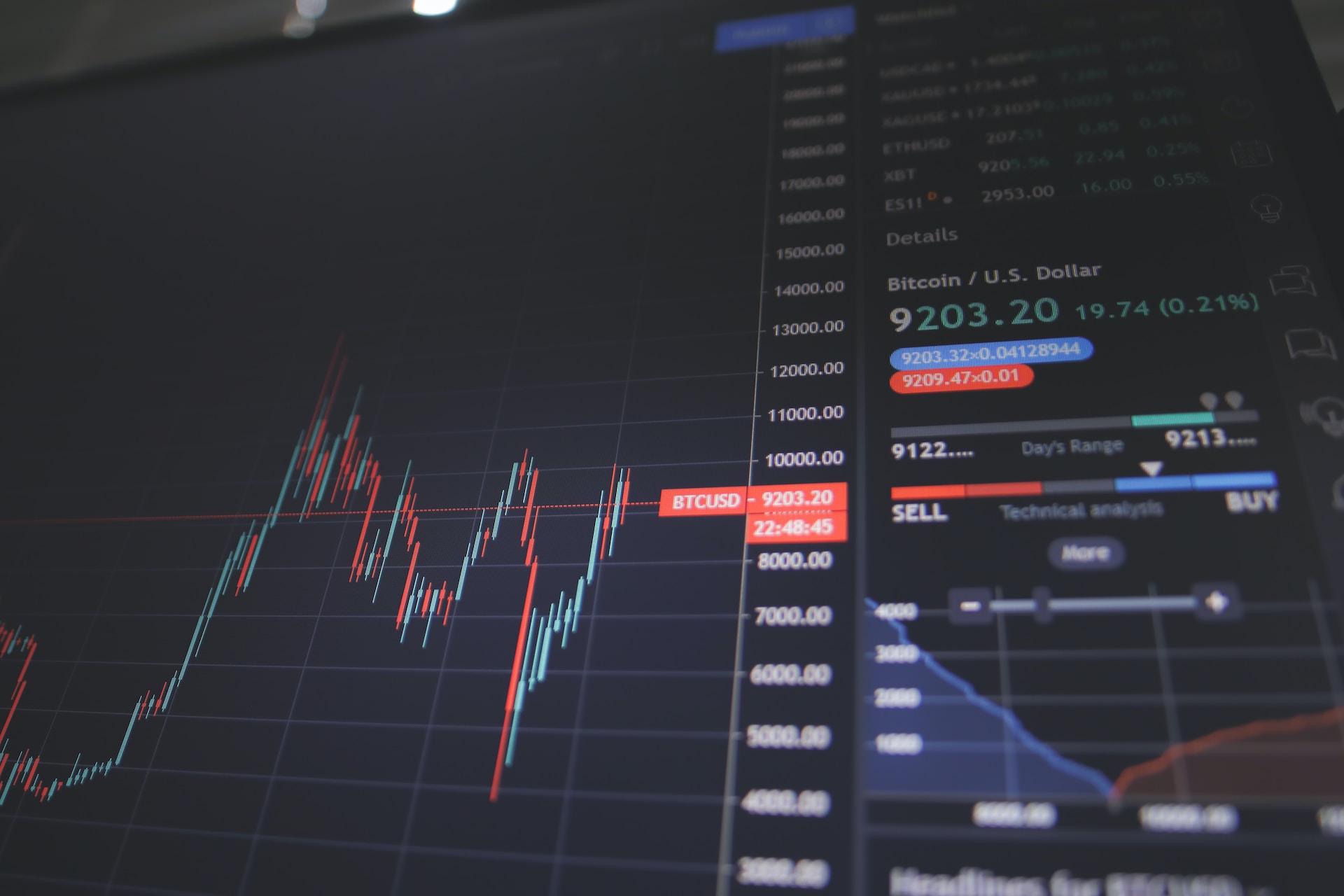USA bonds: What Are Treasury Bonds?

U.S. Treasury bonds aren't merely fixed-income assets; they serve as an essential measurement of the economic vitality of the globe's leading nation. In global finance, these tools are essential and show the direction of international markets, helping guide investment decisions.
In this guide, we will take a closer look at how USA government bonds work, discuss their yields, clear up tax issues, find out how to buy USA bonds, and more. Dive in to learn more about the intricacies of this financial instrument.
Table of Contents
Treasury Bonds: The Basics
Types of Bonds
Maturity of Treasury Bonds
The Treasury Bond Secondary Market
Treasury Bond Yields
Liquidity
Treasury Auctions
Taxation of Treasury Bonds
Why To Invest In Bonds?
Treasury Bonds: Pros and Cons
How to Avoid Scammers?
FAQ
Key Takeaways
Treasury Bonds: The Basics
To get a better understanding of treasury bonds, let’s have a look at the definition. U.S. Treasury bonds, or T-bonds, are long-term debt securities issued by the US Department of the Treasury. It means that when a trader decides to purchase a T-bond, they’re agreeing to lend money to the government for a set period in exchange for interest payments, also known as the "coupon rate". The government, in turn, uses treasury bonds as an instrument to finance its operations, including infrastructure projects, paying off maturing debt, addressing budget deficits, and more.
Treasury bonds stand out among other USA bonds with their maturity, which can stretch anywhere from 20 to 30 years. Despite this fact, they are considered highly liquid, allowing investors to easily sell them in secondary markets before the set date.
But what makes T-bonds different is their safety. Being backed by the credibility of the US government they are often considered as a "safe-haven" asset, especially during times of economic uncertainty.
Types of Bonds
Bonds come in a diverse array catering to varied investor appetites. Let’s have a look at three main types of this instrument.
-
Government bonds. National governments issue these bonds primarily to cover their operation, such as to finance budget deficits. Examples include the short-term U.S. Treasury Bills, which mature in under a year, and the longer-term Treasury Bonds which have durations extending up to 30 years.
- Municipal bonds. Local governmental units, from cities to counties, issue these bonds. They're typically used to fund community-centric projects and initiatives, like schools, highways, or infrastructure. They often offer tax advantages for residents within the issuing jurisdiction.
- Corporate bonds. These assets are issued by companies aiming to raise capital for a variety of purposes, from business expansions to debt refinancing. Their risk and return profile is typically tied to the health and prospects of the issuing company.
Maturity of Treasury Bonds
The maturity of U.S. Treasury bonds denotes the specific period until the bond's principal is scheduled for repayment to its holders.
T-bonds, being long-term instruments, generally have maturities stretching from 10 to 30 years. When these bonds are issued, a fixed maturity date is specified, marking the precise day the face value will be returned to investors. For instance, a 30-year T-bond purchased in 2023 would mature in 2053.
In contrast, U.S. Treasury notes (example of mid-term governmental bonds) feature intermediate maturities, generally being represented by 2-year USA bonds or USA 10 year bonds. These securities strike a balance between the short lifespan of Treasury bills and the lengthy duration of Treasury bonds.
The Treasury Bond Secondary Market
In simpler terms, the secondary market is the place where traders exchange securities they've previously purchased, including treasury bonds. This stands in contrast to the primary market, where freshly minted American bonds are sold directly by the government to initial investors.
So, what makes this secondary market so indispensable? Well, the primary benefit is its liquidity. Here is an example. You buy a Treasury bond that matures in 10 years, but a sudden need arises just a year in. Thanks to the secondary market, you can offload that bond to another willing buyer. Moreover, the constant trading in this arena sets the tone for the interest rates on these bonds, directly affecting how much the U.S. government pays to borrow and, subsequently, the wider economic landscape.
Treasury Bond Yields
The term treasury bond yield refers to the return or interest an investor receives from purchasing U.S. government bonds. A rise or fall in these USA bonds interest rates can offer significant insight into economic expectations and investor sentiment.
For instance, an increase on the USA bonds chart might indicate optimism about future economic growth or fears about inflation, pushing investors to demand higher returns. Conversely, declining yields often hint at economic uncertainty or even recessionary fears, as investors flock to the safety of government bonds, driving prices up and yields down.
In the table below, there is a clear snapshot of the yields and their changes for various durations of American treasury bonds.
| Type of US Bonds | Yield | Change |
| US 1-MO | 5.398 |
+0.005 |
| US 1-YR | 5.435 |
+0.012 |
| US 10-YR | 4.336 |
+0.046 |
| US 2-MO | 5.431 |
+0.021 |
| US 2-YR | 5.037 |
+0.023 |
| US 20-YR | 4.607 |
+0.042 |
| US 3-MO | 5.469 |
-0.002 |
| US 3-YR | 4.724 |
+0.040 |
| US 30-YR | 4.421 |
+0.036 |
| US 4-MO | 5.516 |
+0.005 |
| US 5-YR | 4.465 |
+0.046 |
| US 6-MO | 5.517 |
-0.011 |
| US 7-YR | 4.420 |
+0.044 |
Liquidity
Liquidity, in the financial realm, refers to the ease with which an asset can be quickly sold or bought without causing a significant fluctuation in its price.
U.S. Treasury bonds are frequently referred to as one of the most liquid assets in the global financial markets. Owing to the unwavering trust in the U.S. government and the vast expanse of the U.S. debt arena, these bonds consistently attract a broad spectrum of investors, from solo players to massive establishments.
Moreover, thanks to a solid trading framework and a diverse group of active participants, there's a consistent demand for these securities, guaranteeing swift transaction execution for both buyers and sellers. This vast liquidity often positions the treasury bond market as a top choice for investors looking for a safe haven, particularly in shaky economic conditions. Nonetheless, as with any financial tool, grasping its intricacies is vital before making an investment.
Treasury Auctions
Many novice traders wonder “How to buy USA bonds?”. Here is the answer.
The U.S. government frequently offers bonds to the public through treasury auctions. During these sessions, a varied array of investors, spanning from solo traders to prominent financial institutions, place their bids to acquire these securities. Bids can be categorized into two: competitive and non-competitive.
-
Competitive bidders state the interest rate they're willing to take.
- Non-competitive bidders are flexible, accepting the interest rate set at the auction and ensuring their bid amount is fully met.
For those investors hesitant about navigating the intricacies of buying bonds directly, they can opt for Exchange-Traded Funds (ETF Funds) centered around U.S. government bonds. Such ETFs gather an assortment of Treasuries. By investing in these ETF USA bonds, individuals can get a feel for the wider bond market without the need to buy each bond separately.
Taxation of Treasury Bonds
Beyond their reputation for safety, one of the prime attractions for many investors is the tax treatment Treasury bonds receive. Typically, the interest accrued from T-bonds isn't subject to state and local taxes, providing notable tax advantages for investors in high-tax states. Yet, it's crucial to highlight that this interest remains liable for federal income tax.
Why To Invest In Bonds?
 alt=)
U.S. Treasury bonds carry the backing of the American government, making them a luring choice for many as a secure investment with almost certain returns. Their attraction is underpinned by several factors.
-
Safety and reliability. American treasury bonds carry the endorsement of the U.S. government's credibility. As a result, they're frequently seen as among the most secure investment options, promising almost certain returns.
- Steady income. USA bonds provide regular interest payments (coupons). For investors seeking consistent income, this feature can be especially enticing.
- Hedge against volatility. Treasury bonds tend to be less volatile compared to equities, offering a haven for investors.
In essence, while there are myriad investment options available, the stability and reliability of treasury bonds continue to render them a top choice for those looking for safety, income, and a buffer against market swings.
Treasury Bonds: Pros and Cons
Treasury bonds come with their unique set of benefits and drawbacks. Let’s have a closer look.
Benefits of Buying Treasury Bonds
-
Stability. Treasury bonds are backed by the full faith and credit of the U.S. government which makes them safe-haven for investors.
- Regular interest income. Bondholders receive semi-annual interest payments, which can be a consistent source of passive income.
- Diversification. Treasury bonds can act as a counterbalance in a portfolio, especially during volatile market conditions.
- Attractive taxation. While federal taxes apply, interest income from treasury bonds is exempt from state and local taxes, potentially increasing their after-tax yield.
Risks of Buying Treasury Bonds
-
Interest rate risk. If market interest rates rise after purchasing, the bond's price might fall. However if held to maturity, the investor receives the face value back.
- Opportunity cost. In a booming stock market, the returns from treasury bonds might pale in comparison, leading to potential missed opportunities elsewhere.
- Inflation. Over long durations, inflation can erode the purchasing power of bond's fixed interest payments, especially if the rate of inflation outpaces the bond's yield.
Remember, while treasury bonds offer many benefits, they aren't risk-free. Diversifying your portfolio and understanding market conditions can help optimize returns and minimize potential pitfalls.
How to Avoid Scammers?
Treasury bonds, often considered among the safest investments, have unfortunately not been immune to the cunning of scammers. When navigating this investment avenue, it's essential to arm yourself with knowledge. Firstly, always purchase your bonds from reputable financial institutions which provide a secure platform. Avoid buying from unsolicited sources or individuals claiming to offer "exclusive" or "discounted" bonds.
Moreover, be wary of high-pressure sales tactics or promises of unrealistically high returns. Real Treasury bonds have fixed interest rates, and their returns align with market standards. It's crucial to verify any information you receive with independent and trusted financial sources. Always keep in mind: if something seems too perfect, there's probably a catch. Do your research extensively before making any investment.
FAQ
Is it possible to buy US bonds?
Yes, it is possible to buy U.S. bonds. You can usually make a direct purchase through various trading websites managed by the U.S. Department of the Treasury. If not directly, many financial intermediaries and brokerages also facilitate the buying process.
What kind of U.S. bonds exist?
The U.S. provides an array of bond choices for prospective investors. This includes Treasury bonds, Treasury notes, Treasury bills, and Treasury Inflation-Protected Securities (TIPS), which offer protection against inflation. Each category of bond caters to diverse investment preferences, so it's crucial to familiarize oneself with their unique traits prior to committing funds.
What are the best bonds to invest in?
When considering the best bonds to invest in, it's important to weigh factors like risk tolerance, maturity period, and current economic conditions. U.S. Treasury bonds are often seen as a dependable and secure choice because of the support from the U.S. government.
Should I pay tax on bonds?
U.S. Treasury bonds are exempt from state and local taxes. However, they are still subject to federal taxes. Always consult with a professional to understand the specific tax implications of any bond investments you hold.
Key Takeaways
U.S. Treasury bonds, frequently referred to as save-haven investments, possess three primary benefits: the robust support of the US government's credibility, consistent interest payouts, and the guaranteed principal return upon maturity. Especially in unpredictable economic climates, these bonds stand out because of their established safety net and steady returns, positioning them as a top pick for conservative investors.
Nonetheless, like all investments, those considering bonds should exercise caution. Despite the inherent security of Treasuries, they are still exposed to fluctuations in interest rates and the effects of inflation.

)



 alt=)